When the world of hockey meets queer culture, a completely new space for sport and art emerges, uniting the fight against homophobia with a spirit of humor and creative originality. Words that were once used as demeaning insults towards LGBTQIA+ community members are transformed into symbols of courage and self-assurance. These expressions, which can be hurtful, suddenly become tools of resistance and social change.
One such important encounter is the exhibition titled QNHL (Queer Newfoundland Hockey League), a fictional hockey league created by Lucas Morneau, a Canadian artist and curator. Every hockey detail in QNHL has its own story and significance. From handcrafted jerseys utilizing traditional crafting practices stereotypically associated with "women's work," to crocheted goalie masks celebrating the courage and determination of those unafraid to deviate from conventional roles. This league is not just about hockey. It is a manifesto calling for a reevaluation of traditional gender roles and for the support of new forms of masculinity that are open, accepting, and full of respect.
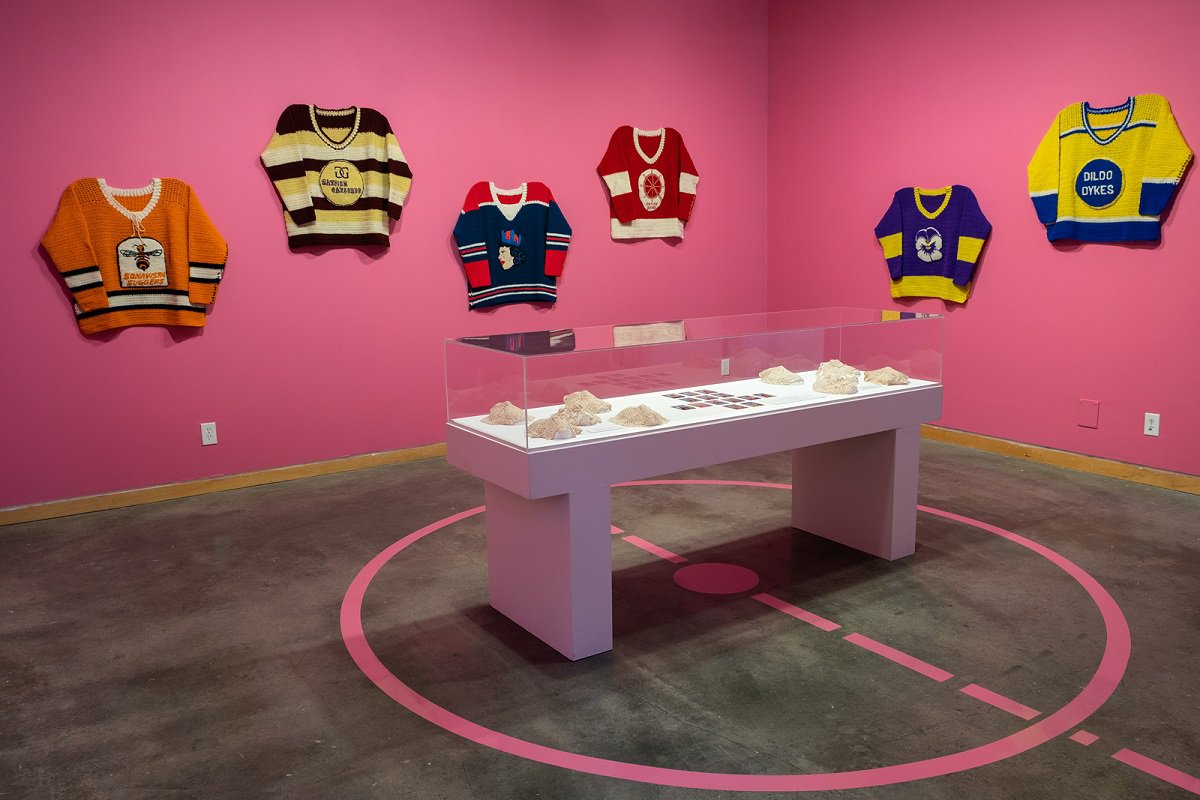
At the QNHL exhibition, 14 fictional hockey teams were introduced, whose names combine homophobic slurs with humorous names of cities from the Canadian island of Newfoundland.
QNHL appropriates these insults to reclaim words that are often used against queer individuals both on and off the ice. These mocking slurs and insults are often directed at those who do not conform to hegemonic masculinity, which is frequently associated with sports. Teammates often cannot be emotional, draw attention to themselves, or discuss personal issues without fear of retaliation.
.jpg)
Each jersey is hand-crocheted and created using a technique called rug hooking. Some jerseys reference historical hockey teams that existed in the province, while others utilize colors that are no longer seen on NHL jerseys. A popular color used on hockey team jerseys, such as the Los Angeles Kings and the Anaheim Ducks (then known as the Mighty Ducks), was purple, which has now been replaced with black.
Each jersey is complemented by a crocheted goalie mask, stylized as a liner. Morneau thus references the introduction of the goalie mask and its first wearer in the NHL, Jacques Plante, who was mocked for wearing a mask after suffering serious injuries during play. Many players and fans questioned Plante's courage and dedication to the game because of his mask, only accepting it after Plante equated wearing the mask with jumping out of an airplane without a parachute. "If a man jumps out of an airplane without a parachute, does that make him brave?"
%202021%2C%20Kamloops%20Art%20Gallery%2C%20%20.jpg)
The QNHL exhibition aims to deconstruct homophobia in sports and highlight the toxic elements of current hegemonic masculinity. Its goal is to create a new, positive, and accepting masculinity for sports enthusiasts.
Mocking hockey, which is a key element of Canadian identity, is quite challenging, and Morneau acknowledges that this approach is just one of many artistic strategies for addressing the harms caused by hegemonic masculinity. He uses humor to allow viewers to see the darker side of hockey culture and the physical and emotional impacts it can have on players and fans.
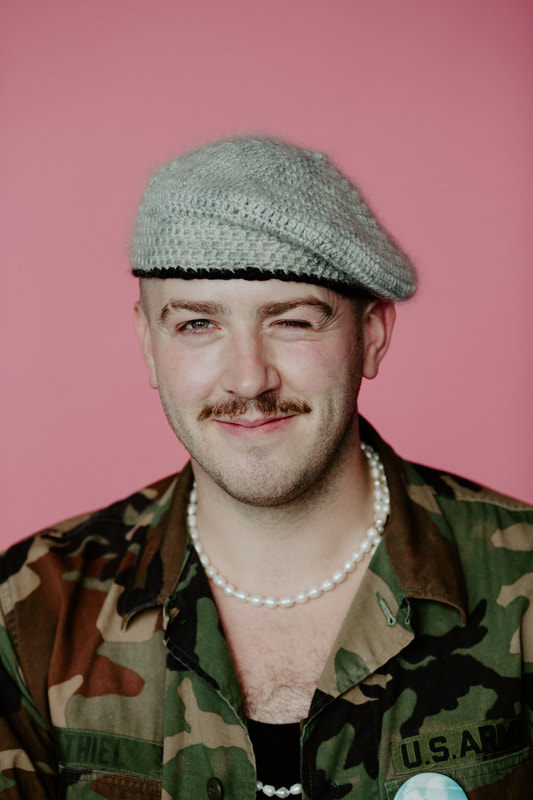
QNHL is not an isolated artistic phenomenon. It is part of a broader movement of artists and activists seeking to break the taboo of homophobia in sports. Among them is the exhibition "Power Play: Hockey in Contemporary Canadian Art," which explores the identity, emotions, and passions associated with this national sport. Artists such as Adrienne Crossman, Hazel Mayer, and Judy Anderson celebrate courage and passion for the game, regardless of gender identity or sexual orientation, through their works. Through four main themes—hockey masks, cards, jerseys, and equipment—the metaphorical and mythological aspects of this sport become subjects of critical examination. At the core of the exhibition lies the desire to confront gender and racial intolerance and to expose the exclusion of certain groups in the world of professional sports. The fusion of art, activism, and sports thus creates a powerful platform for change and inspiration.
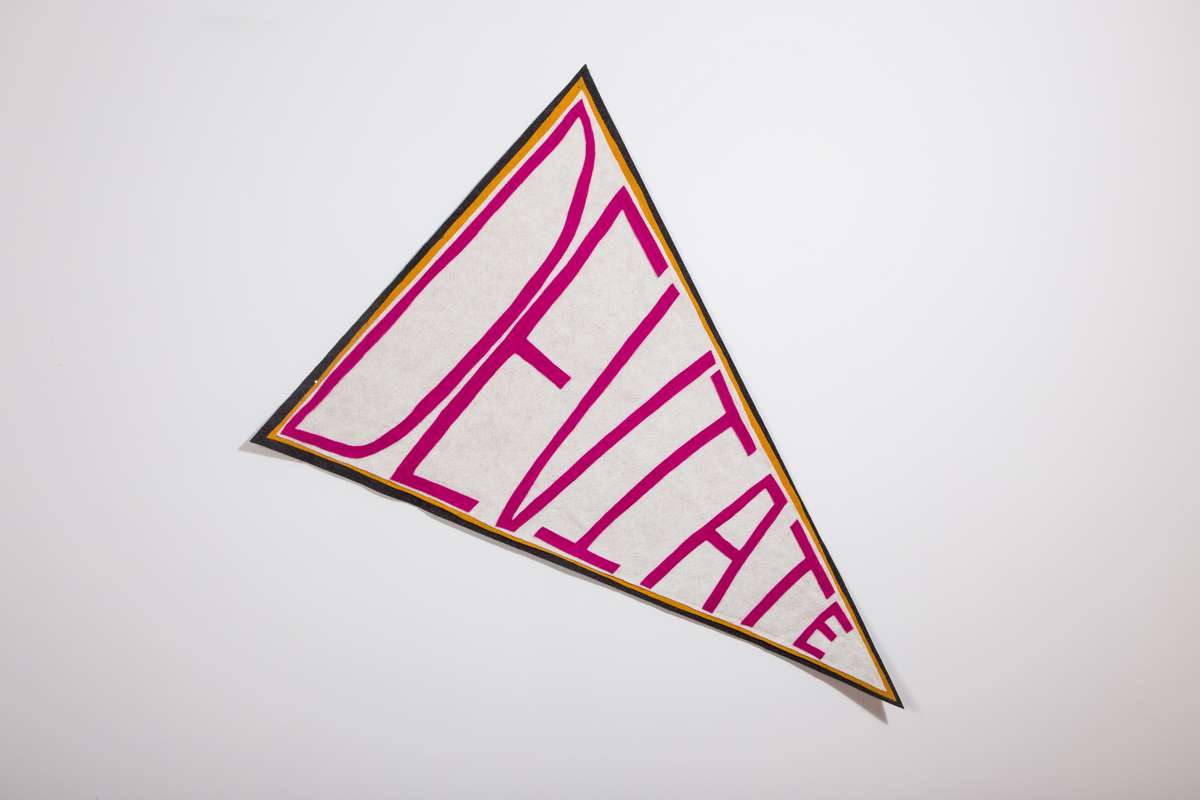
The exhibiting non-binary artist, Adrienne Crossman, presented three separate works. A black and pink hockey jersey with the inscription "NO FUTURE" across the chest references the nihilistic text of queer theorist Lee Edelman, as well as the punk slogan used, for example, by the Sex Pistols. Punk culture, like sports culture, is predominantly shaped by white heterosexual men of European origin, although women, queer individuals, and people of color also belong to it. A small mirror placed on the ground with purple flowers refers to the Victorian era when certain flowers were used for secret communication and expressing emotions without arousing suspicion in heterosexual society. The last piece is a felt banner with the inscription "DEVIATE," aiming to subvert its usage in sports and fan culture while also encouraging deviation from dominant and one-sided narratives.
Crossman criticizes homophobia in the world of professional sports and highlights the queer presence, which often remains hidden in heteronormativity. The artist's work destabilizes the narrative of exclusivity. "I see popular culture as a mirror of the political and cultural context," says Crossman. "But it also has the ability to influence and shape the opinions of those who consume it."
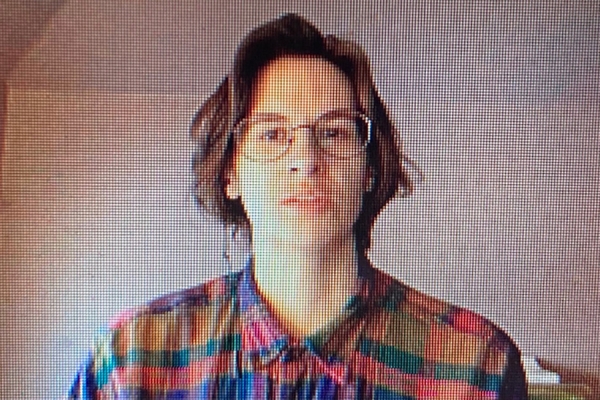
Another exhibiting artist is Hazel Meyer. In her work "Container Technologies," she presents hockey bags used to store a Canadian memorial patchwork quilt, each part of which commemorates a deceased Canadian from AIDS-related illnesses. These quilts are currently housed at the Canadian AIDS Society (CAS) in Ottawa, folded and placed in 18 blue goalie bags. The project received support in the 1990s from Molson Breweries, which sponsors hockey games and teams.
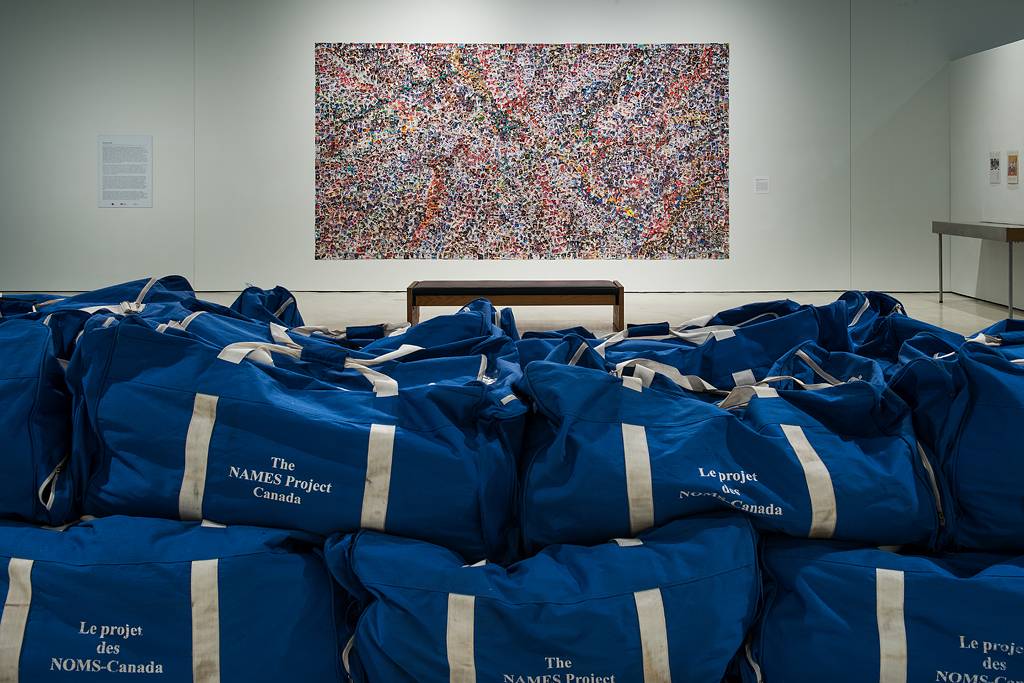
The title of the installation is also a term coined in 2000 by theorist Zoë Sofie, who explores the significance and complexity of preserving, holding, and storing objects and their meanings. In this context, Mayer questions the meaning and social impact of preserving the history, lives, and material culture of AIDS in goalie bags, which are full of symbolism, history, and devastation.
In this way, Mayer seeks to examine the relationship between the material culture of hockey, queer culture, and Canadian nationalism. This project also highlights the question of how to preserve objects that are too large, too destructive, or too heavy, yet deserve protection and care.
Hazel Mayer and her work have been mentioned in this article.





